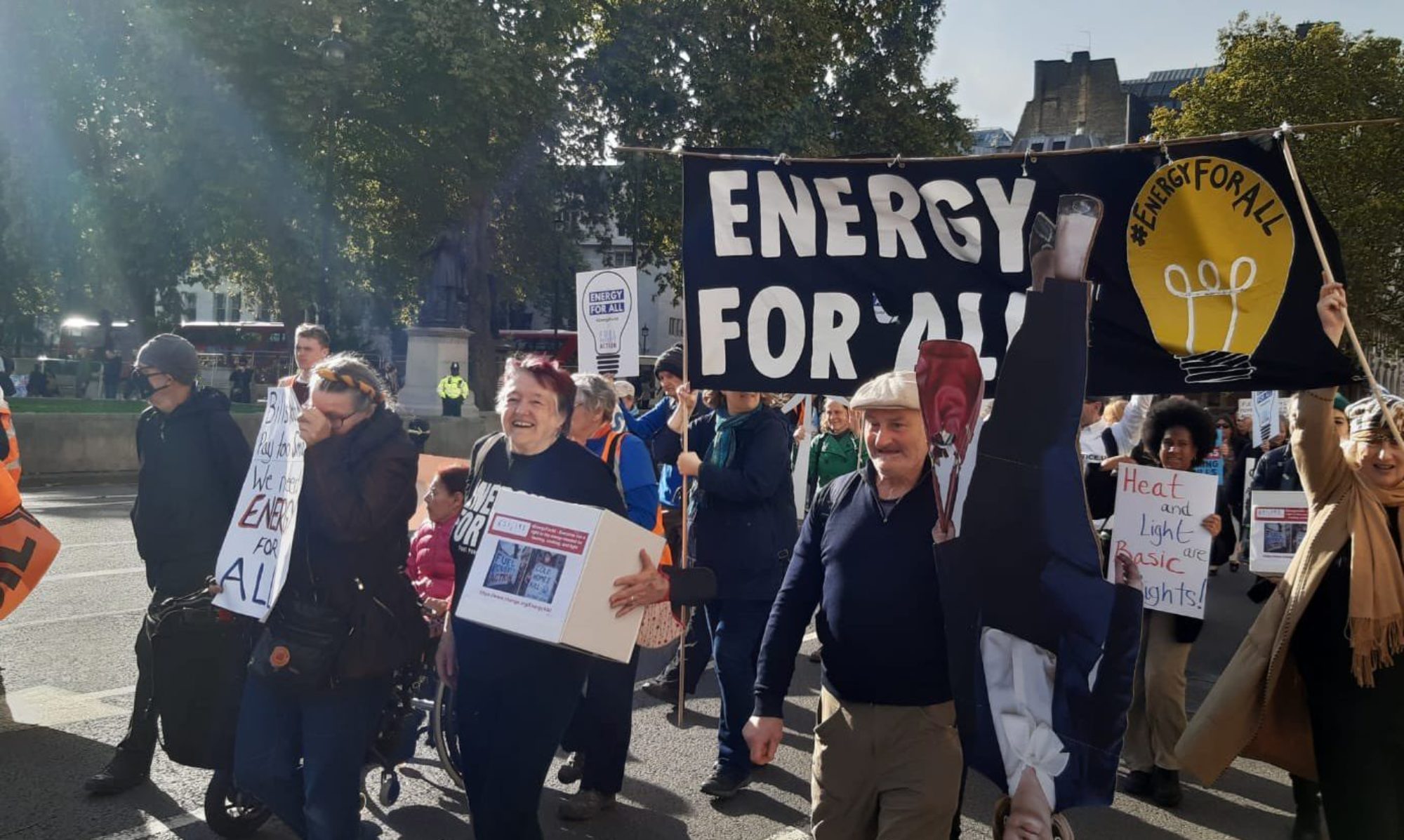The end of November saw real progress on issues raised in our open letter demanding safe cladding and insulation now.
- One development affects those leaseholders who have until now been told they must pay themselves for their tower blocks to be re-clad – or continue to live in a fire trap. Through our open letter, delivered to the government on 17 October, 150 organisations, trade unions, MPs and experts demanded immediate replacement of flammable cladding for the homes of both tenants and leaseholders – without cost to the residents themselves.
We said, “For private housing, central government must cover the initial costs, and then seek to recover costs from landlords, developers and contractors.“
On 29 November James Brokenshire, Minister for Housing Communities and Local Government, announced that the government would finally provide cash to councils to carry out works on private blocks on the basis that they would have the powers to reclaim it. We have not seen the fine print and there are serious concerns about councils potentially being left to carry the cost from their depleted budgets, or costs being passed on to leaseholders through higher service charges. But if it means what it says, this is a major victory — 18 months late but a huge relief to many. Councils will have new powers to intervene to force re-cladding. The Green Quarter, Manchester, residents who were represented on 17 October have been told their cladding will be replaced.
- Meanwhile work continues on replacing combustible cladding and insulation on council and housing association tower blocks – the latest (November) statistics show 34 such buildings with works complete, and 82 with work started, out of 160 over 18M high with ACM cladding.
- And there is the beginning of movement on other dangers. There are many other kinds of combustible cladding and insulation besides the ACM panels used at Grenfell Tower, yet until now these have been ignored. Now the others are — at least — to be considered for safety assessments.
- On 22 November James Brokenshire replied to our Open Letter, and to points raised by residents when they delivered the letter to his office on 17 October. His reply, below, says, “I want to assure you that the Government is determined that residents should be safe and feel safe in their homes and is acting urgently and comprehensively to make sure this is the case.”
There is however a huge gap between this assurance and reality. Despite the progress detailed above, most demands in our Open Letter have not been met.
- The fire wardens and other measures flagged up in James Brokenshire’s reply are very far from keeping residents safe in buildings waiting for re-cladding. The private contractors responsible are frequently found to be failing: wardens may be too few, badly equipped, sleeping on the job, or just don’t walk the floors.
- Deaths from fuel poverty were up 40% last year, reaching a shocking 15,000. When cladding is removed, most residents are expected to pay themselves for the extra cost of heating an uninsulated flat, and very few are provided with safe space heaters, damp treatments, or offered the option of moving elsewhere if their home cannot be made habitable. Some social landlords are providing some support. FPA are working to establish standards, raising the issue with local authorities and housing associations, through the GLA and with the National Housing Federation. Finally, this issue is at least being recognised in the press. But nothing has been forthcoming from central government — no rules, and no money. In the context of cladding and insulation being off, James Brokenshire’s reference to building regulations’ energy efficiency requirements seems removed from reality. His proposal that residents in these blocks seek advice from the Energy Saving Advice Service (ESAS) suggests that a solution lies in residents investing in energy saving improvements to their flats. Energy efficiency is not possible in a high rise building from which insulation has been removed.
- Many people, like the Westminster housing association resident and the Salford residents who came to MHCLG will still have to wait many months or even years for their combustible materials to be removed and then replaced.
The ban on combustible materials, which will come in on 21 December, is also far from adequate. Among other things,
- It does not apply to existing buildings.
- Fire remains a serious risk in buildings under the arbitrary 18M height.
- Inspections under the HHSRS (Housing Health and Safety Rating System)Tests are “non-intrusive”, so cannot see beneath the skin, and are carried out by Environmental Health Officers with little knowledge of fire safety. Responsibility for further testing can be divided between freeholders and any leaseholders, and can be contracted out. The Fire Brigades Union says, “Fire authorities and local councils need to be fully funded to carry out fire safety inspections now and in the future.”
- Alterations can easily compromise compartmentation – eg changes to heating or electrical systems, or even a tenant or leaseholder fitting a satellite TV system, so no one can be sure that a system that was tested will remain safe.
- The cladding and insulation that are now being installed are not necessarily safe. The exposure of toxicity in the ground and water in a large area around Grenfell has highlighted an issue with far-reaching implications. Toxic fumes from permitted materials can kill in just 30 minutes. And even when they are NOT being burned, many current building materials have devastating effects on health, particularly but not only affecting unborn children. “Safe cladding and insulation” must be chemically safe as well.
Finally, James Brokenshire says “the Government is committed to delivering lasting change with residents having a much stronger voice in an improved system of fire safety.” The Social Housing Green Paper to which he refers does indeed “include options to address these concerns.” But it is hard to take these seriously while we see tenants and residents associations being routinely locked out of their communal rooms, or threatened by their social landlord when they attempt to petition or organise. The Salford residents who came with us to present the Open Letter have been among those being bullied this way. It was just that sort of treatment of residents that led to the Grenfell fire. We have seen no government proposals to deal with such disempowerment and intimidation.
The progress made shows that it is possible to win — but we are a very long way from safety. Here is James Brokenshire’s reply.
We will be in touch with next steps in the New Year.
Meantime, have a happy holiday!
Ruth London

